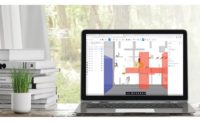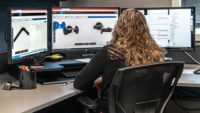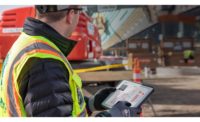
Engineering software has become an indispensable asset for MEP engineers, empowering them to take on increasingly complex challenges with confidence and efficiency. The ability to design, simulate, collaborate and analyze with the aid of advanced software tools has revolutionized the way plumbing and mechanical engineers approach their work.
Software is just another tool for engineers to help aid in design, notes John Siegenthaler, PE, principal at Holland Patent, New York-based Appropriate Designs. Siegenthaler, a hydronics expert, uses Hydronics Design Studio for hydronic system design, and for CAD, he uses PowerCADD.
"Hydronic Design Studio allows for rapid evaluation of ‘what if’ options for combining piping, circulators, heat emitters and other devices that would otherwise require hours of time to evaluate," Siegenthaler explains. "I use PowerCADD for all graphics-related tasks including plans, schematics and illustrations. All the graphics I supply in my columns for PM Engineer and Plumbing & Mechanical are done in PowerCADD."
David Dexter, senior engineer at Tipp City, Ohio-based 3D Engineering Consultants, mostly uses AutoCAD and Revit. "These have add-on programs for coordination and conflict resolution. It improves the 3-dimensional perspective of the project which aids constructability and assists in minimizing conflicts and field change orders."
James E. Dipping, PE, CPD,GPD, LEED AP BD+C, ARCSA AP, operations director of technical support services and technical director of plumbing for Chicago-based Stantec Consulting Services, also uses AutoCAD, AutoDesk Revit as well as BlueBeam Revue.
"There are some automation tools in Revit that can provide consistency and efficiency to the design process," he notes.
Lowell Manalo, principal and plumbing discipline leader for SmithGroup’s Phoenix location, notes that he mostly uses building information modeling software such as Revit.
"As a plumbing designer, if used properly, Revit is a very powerful tool that helps with efficiency and more informed design," he says. "In the traditional 2D environment, identifying conflicts with other disciplines, such as structural, takes a lot of work. Using BIM software tools significantly helps and can automatically run collision detection. The software also helps with coordination. The plumbing model can communicate with the electrical model and inform the electrical engineer of any plumbing equipment or fixtures that require electrical connections. As a plumbing discipline leader, the software helps save time in QA/QC. By simply opening the Plumbing model, I can easily understand and review the design by following the 3D model. Reviewing the design intent in the 3D model software is much easier than the traditional 2D. If a specific plumbing routing is in question, we can easily cut a section to see if the piping can fit."
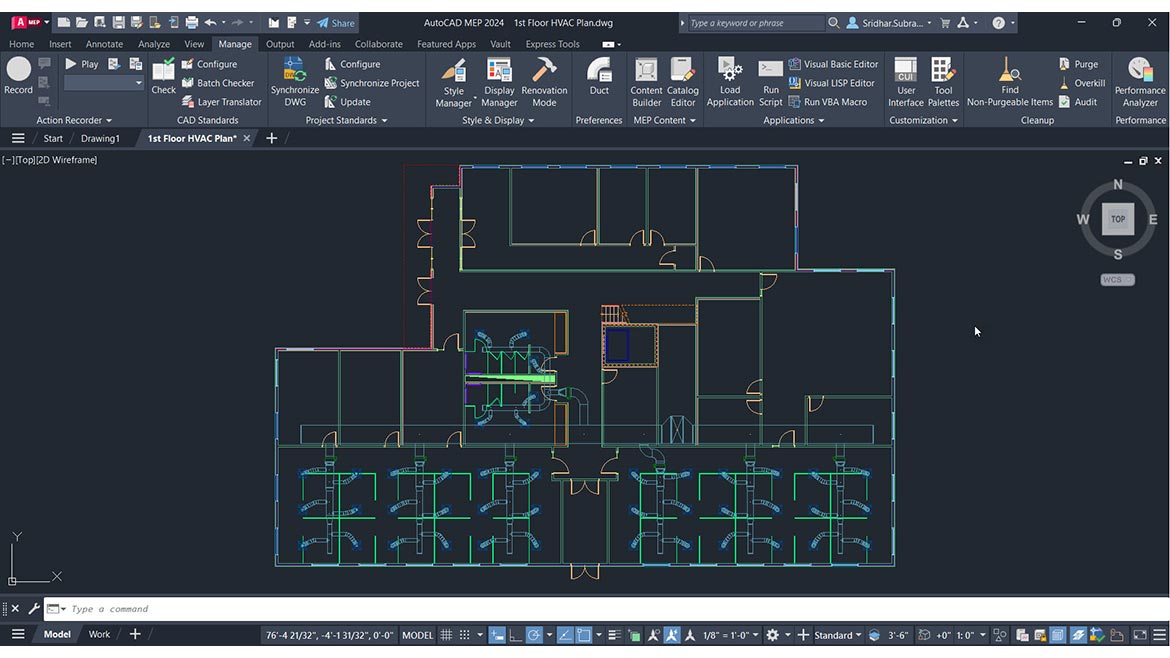
AutoCAD software allows architects, engineers, and construction professionals to design and annotate 2D and 3D models with solids, surfaces and mesh objects and automate tasks such as comparing drawings, replacing blocks, counting objects, creating schedules and more.
Overcoming design challenges
Christoph Lohr, PE, CPD, LEED AP BD+C, ASSE 12080, vice president of technical services and research for IAPMO, notes that one of the biggest challenges for plumbing design professionals is understanding the engineering theory behind the engineering software.
"Not fully understanding the engineering principles behind calculations can open up a design professional to liability — so this makes the relationship between the engineer and the engineering software developer very important."
Siegenthaler concurs, noting that while there is plenty of software available to plumbing and mechanical engineers, it is important to use it as a guide for design.
"Most engineering software has assumptions built in, some of which may not apply to all situations," he explains.
Dexter notes that plumbing engineering is not unique in that "new challenges are discovered and existing challenges evolve to fit contemporary situations.
"Design software must adapt to these changing realities in order to remain useful and relevant," he adds. "Software is only useful if the user understands the results and can verify their reliability."
Specifically in the plumbing industry, engineering software is light, Dipping says. "It doesn’t help with the design process and quality improvement. Much of what is available is manufacturer equipment sizing tools."
According to Manalo, big ideas and not enough commitment to support those ideas are one of the greatest challenges in plumbing design.
"Plumbing engineers and designers are often challenged to develop an innovative design," he says. "However, these creative ideas or systems that are good for the environment usually get removed from the project due to cost, system unfamiliarity, added maintenance and lack of proper software to develop an excellent presentation to the client. Engineering modeling software, such as Revit, does not help to sell the design on its own, but at least it helps to inform the client. Having a 3D model so that the client can see how the system looks in real life is a far better selling point than asking the client to flip thru multiple pages of 2D drawings."
However, Manalo notes that software has also, on occasion, been the obstacle to the plumbing industry’s succession cycle in bridging the past, present and future. "Proper succession planning and transfer of knowledge is something that the plumbing industry unintentionally ignored, and we are seeing the negative impact of it today. As we rely heavily on software and technology, the industry unintentionally overlooked the potential negative effects. The industry is starting to value more plumbing engineers and designers that know the newest and greatest software vs. the engineers and designers that have been in the industry longer and are the gatekeepers of lessons learned. This is true even in the construction industry, where we have seen multiple quality issues with the installation."
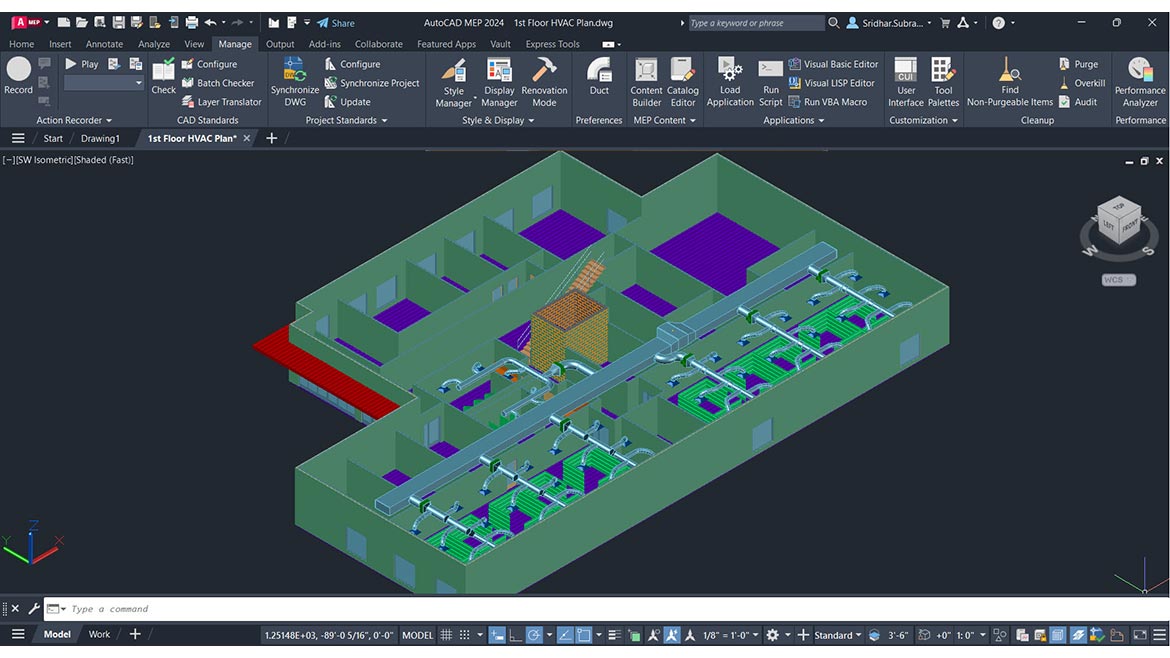
The newest update in Autodesk's AutoCAD increases collaboration and provides insights and automation designed to accelerate work.
Technology influence and rise of Artificial Intelligence (AI)
Siegenthaler, an industry veteran, notes that he spent 13 years doing manual drafting to support his design work before the MEP software market took off. Today, technology allows engineers to speed up the design process and expedite projects.
"Now, the speed afforded by CAD allows for rapid evaluation of options that would take many hours of either calculations or manual drawing," he says. "CADD also greatly speeds up material quantity estimating. The ability to quickly share drawings through PDF or other formats also expedites projects."
Dexter notes that technology continues to expand engineers’ and designers’ understanding of projects, "allowing for better design results as well as better protection of the public health, safety and welfare. But it still requires that the engineer/designer fully understand the results and can verify the accuracy of those results."
As technological advancements continue to shape our world, AI is influencing engineering software in unprecedented ways — such as AI-powered algorithms conducting simulations at lightning speeds.
Dexter notes that, at some point, AI will be integrated into the MEP design process.
"There is a state-of-the-art to AI, and as it becomes a more commonplace facet of our lives, it will find its way into the realm of engineering. It will most likely not be discipline specific."
Manalo agrees, saying AI will have an impact on engineering design to some extent.
"Our industry is unique in a way that it relies on the information obtained from specific client needs," he says. "It is not one size fits all. In specialized systems, a collaboration between the client, users, subject matter experts, etc., informs how we design the systems. I do not see AI being able to capture this soon. However, once the designer gathers all the data, we can then provide input into a system that AI can take over. If it gets to this point where AI can take the data collected by the engineers and translate that to design production, the impact is significant. The engineer’s and designer’s roles will change as they will be more of a supervisory role and no longer part of drawing production."
Manalo agrees, saying AI will have an impact on engineering design to some extent.
"Our industry is unique in a way that it relies on the information obtained from specific client needs," he says. "It is not one size fits all. In specialized systems, a collaboration between the client, users, subject matter experts, etc., informs how we design the systems. I do not see AI being able to capture this soon. However, once the designer gathers all the data, we can then provide input into a system that AI can take over. If it gets to this point where AI can take the data collected by the engineers and translate that to design production, the impact is significant. The engineer’s and designer’s roles will change as they will be more of a supervisory role and no longer part of drawing production."
While AI is already having some influence in the space, Siegenthaler warns AI should take precedent over the experience of seasoned engineers. "Perhaps it could help in suggesting design alternatives, but final decisions should always be made by experienced engineers.
Dipping’s company actually prohibits the use of AI due to risks of disclosing intellectual property. "Technology is playing a huge influence (in plumbing engineering), but there is a lot of room for improvement. Artificial Intelligence is a misleading term. No software is thinking for itself. AI as we are discussing is just regurgitating information related to an input."
Lohr agrees, saying that, "Lately, it seems we only hear that AI will replace everyone, including engineers. I’m more optimistic about the future need for engineers. I think AI will be a tool, but there will always be a need for knowledge workers to help guide the process. I imagine detail design will increase, and for the designer to be able to do more in the same amount of time."
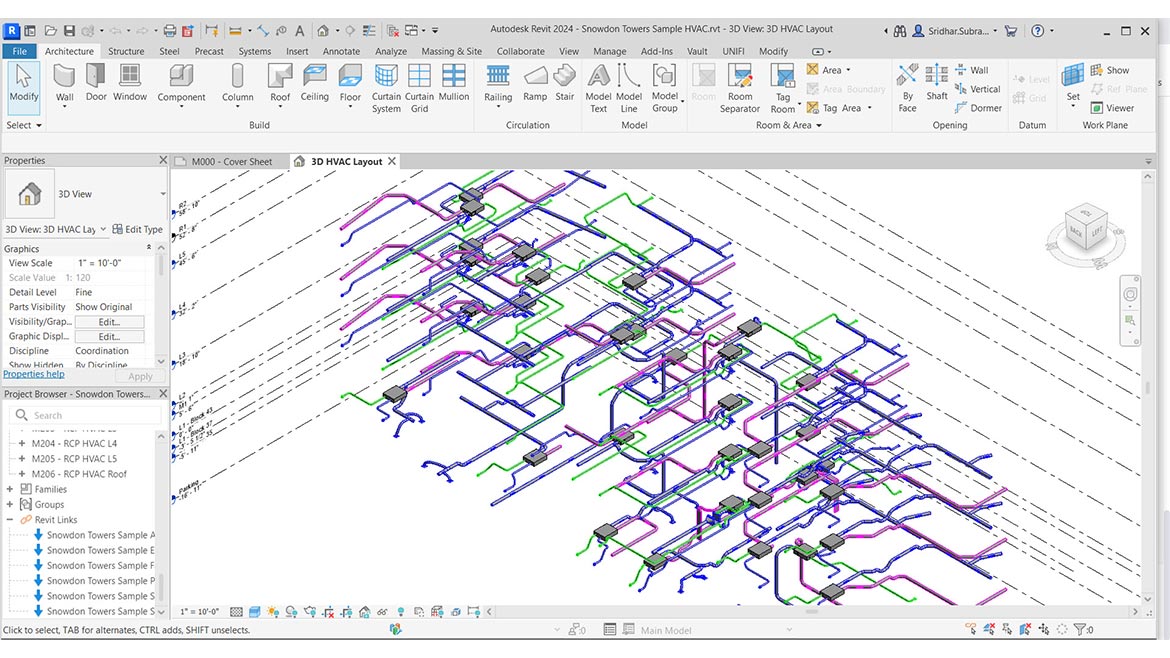
Revit allows for streamlining project management with instant revisions to plans, elevations, schedules, sections and sheets, and unites multidisciplinary project teams for higher efficiency, collaboration and impact in the office or on the jobsite.
Wishlist for the future
As technology evolves, the partnership between engineers and software will only grow stronger, leading to a future of innovation and sustainable development in the field.
Siegenthaler notes he would like to see easy-to-use simulation tools for evaluating the dynamics of thermal storage systems, while Dipping wants "true integrated sizing, modeling and design software in one package that allows engineering firms to set design criteria/standards and allows users to engineer while using company standards for quality and consistency."
"I’d like better data-driven applications that can provide real-time feedback," Dexter adds. "I’d also like to see the elevation of ‘Plumbing Engineering’ as an independent discipline. While the consulting profession has been a separate discipline as it relates to the documents (‘P’ drawings and ‘FP’ drawings), it still lacks a standalone professional exam module. ASPE and its PEWG (Professional Engineers Working Group) continues to work with the National Council of Examiners for Engineers and Surveyors (NCEES) to develop a ‘Plumbing/Piping’ exam module under the main discipline of ‘Mechanical Engineering.’"
According to Lohr, engineering software has the biggest potential opportunity in allowing for refinement of plumbing engineering, and to better model, size, design and plan plumbing systems in the built environment.
"Engineering software for plumbing is going to have some significant challenges in the near future," he says. "Whereas in the past, plumbing systems were calculated with simple arithmetic using plumbing fixtures or general engineering rules of thumb, more sophisticated calculations, like the Water Demand Calculator are going to continue to gain acceptance and usage due to the construction cost savings, sustainability benefits and improve public health and safety. The challenge, but also the opportunity, will be to develop engineering software that captures this shift in plumbing engineering, which is quickly becoming increasingly technical."
Per Manalo, AI, modern technologies and software won’t matter unless plumbing engineers and designers start learning from one another.
"If we do not learn to acknowledge the importance of one another and learn from each other, the plumbing industry will continue to be behind the 8-ball," he adds. "Plumbing has existed since way before HVAC and electrical were discovered, but the plumbing systems are behind in technology compared to the two. If AI and software will help elevate the plumbing industry, we should all embrace it."


